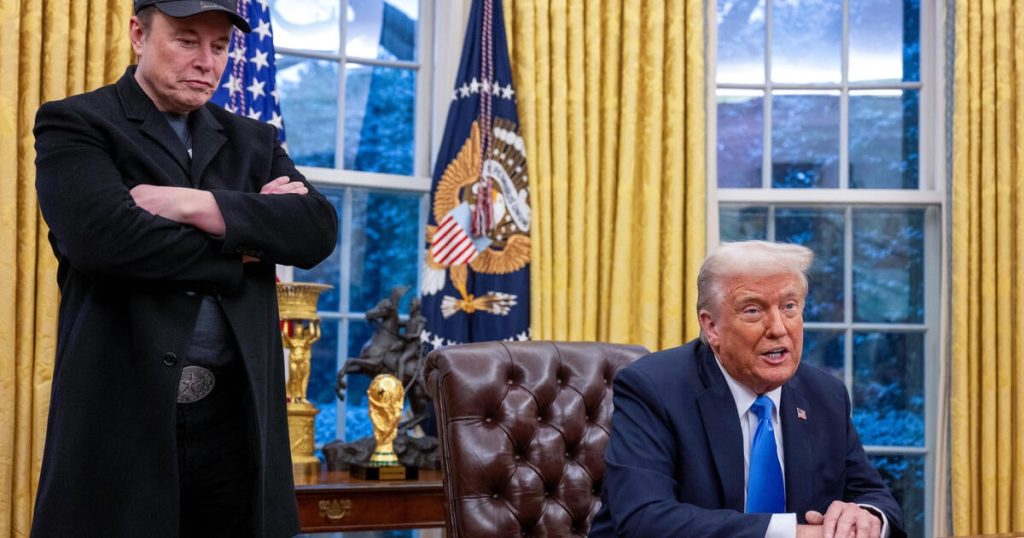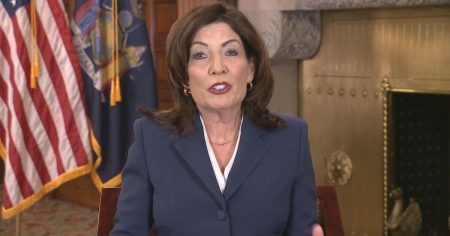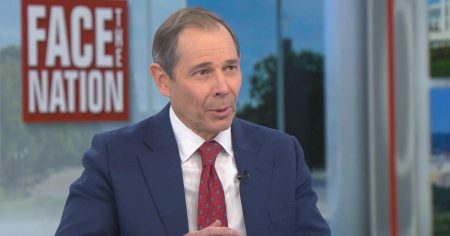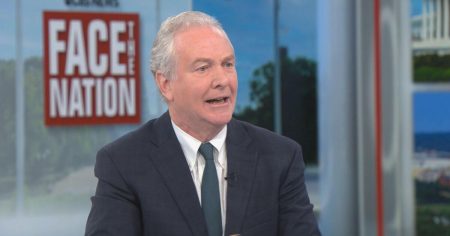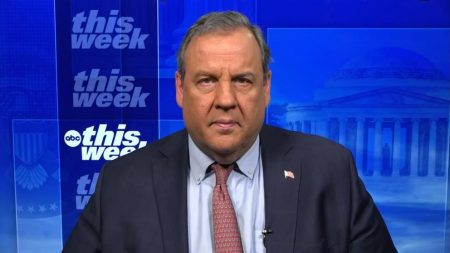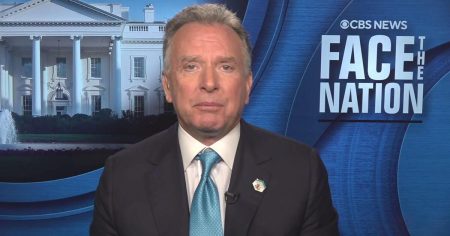President Trump Proposes "DOGE Dividend" for Taxpayers
President Trump recently sparked interest with a proposal to return 20% of the savings from Elon Musk’s cost-cutting initiative, the Department of Government Efficiency (DOGE), to American taxpayers. Speaking at the FII Priority summit in Miami, Trump suggested that 20% of the savings could be used for direct payments to taxpayers, while the remaining 80% would help reduce the national debt. However, he provided no further details, leaving many questions unanswered. The idea of a "DOGE dividend" has been met with skepticism from economists and policy experts, who question both the feasibility of achieving the projected savings and the practicality of implementing such a plan.
The concept of the DOGE dividend gained traction on social media after a four-page proposal was shared by James Fishback, a user on X, the platform owned by Elon Musk. Fishback’s plan suggested that 20% of the supposed $2 trillion in eventual DOGE savings could be distributed to taxpayers in the form of direct tax rebates, estimated at $5,000 per household. However, this idea has been criticized for its unrealistic assumptions, particularly the claim that DOGE could save $2 trillion. Experts argue that such a figure is far beyond the scope of achievable federal cuts, especially given the constraints of the federal budget.
The Idea Gains Traction on Social Media
The DOGE dividend proposal first gained attention when James Fishback, an X user, posted a four-page document outlining the plan. The idea quickly caught the attention of Elon Musk, who expressed interest in pitching it to President Trump. According to Fishback’s calculations, households with a tax liability would receive a $5,000 rebate, while lower-income households that do not owe income taxes would be excluded. However, economists and policy experts have largely dismissed the plan as unrealistic, pointing to the impracticality of achieving $2 trillion in savings and the legal and legislative hurdles that would need to be overcome.
Despite the skepticism, the proposal highlights the broader debate over government spending and efficiency. DOGE, which was established by Trump earlier this year, aims to identify areas for cost-cutting across federal agencies. While the task force has claimed to have already made $8.4 billion in cuts, experts note that this figure is far from Musk’s stated goal of slashing $500 billion in annual government spending, let alone reaching the ambitious target of $2 trillion.
Economists and Policy Experts Express Skepticism
Economists and policy experts across the political spectrum have raised significant concerns about the feasibility of the DOGE dividend proposal. Jessica Reidl, an economist and senior fellow at the Manhattan Institute, called the idea "completely impossible," citing the impracticality of achieving $2 trillion in savings. She noted that two-thirds of the federal budget is allocated to mandatory spending programs such as Social Security, Medicare, and defense, which have been ruled out for cuts by President Trump.
Reidl emphasized that achieving $2 trillion in savings would require eliminating nearly all remaining federal programs, a move that would require congressional approval. "DOGE has no legal or constitutional authority to cut this spending; Congress must pass a law, and that will not happen," she said. Similarly, Alex Nowrasteh of the Cato Institute described the plan as "very unrealistic," particularly in the first year of operation and without the involvement of Congress. He also raised concerns about the legality of DOGE’s actions, noting that the task force’s authority to make cuts could be challenged in court.
Challenges in Achieving $2 Trillion in Savings
One of the most significant challenges facing the DOGE dividend proposal is the unrealistic assumption that $2 trillion in savings can be achieved. The federal budget is dominated by mandatory spending programs, which account for approximately two-thirds of the $7 trillion annual budget. These programs include Social Security, Medicare, veterans’ benefits, and interest on the national debt. President Trump has repeatedly stated that these programs are off the table for cuts, leaving little room for achieving the proposed savings.
Discretionary spending, which accounts for the remaining third of the budget, is largely allocated to defense. Trump has also ruled out cuts to defense spending, further limiting the potential for savings. As a result, experts argue that the remaining federal programs would need to be drastically reduced or eliminated to achieve the $2 trillion target, a move that would require congressional approval and is highly unlikely to gain support.
Legislative Hurdles and the Role of Congress
Any plan to implement a DOGE dividend would require the approval of Congress, which controls government spending and tax laws. However, the current political landscape makes such a proposal highly unlikely to succeed. House Republicans are already negotiating a budget proposal that includes deep spending cuts to pay for the extension of Trump’s 2017 tax cuts. Adding a DOGE dividend to the mix would only complicate the process further, as it would require reallocating funds from other priorities.
Experts warn that the proposal could create additional challenges for budget reconciliation, a process already fraught with political tensions. Alex Jacquez of the Groundwork Collaborative noted that the DOGE dividend would make it "hard to see how to make the math work" in the current budget framework. Even if a smaller version of the plan were to materialize, it would likely be a fraction of the $5,000 per household proposed by Fishback.
The Practical and Legal Feasibility of the Plan
Beyond the fiscal challenges, the DOGE dividend proposal faces significant legal and practical hurdles. Experts question whether DOGE has the authority to implement such sweeping cuts without congressional approval. Nowrasteh of the Cato Institute expressed concerns that the task force’s actions could be challenged in court, as Congress retains sole authority over federal spending. Reidl noted that the cuts made by DOGE so far could be reversed by the courts for bypassing Congress, further undermining the credibility of the plan.
Additionally, the timing of the proposal raises questions about its wisdom. Rebate checks are typically issued during times of economic stress, such as the pandemic, when stimulus payments were authorized by Congress. However, the current economic environment, marked by strong GDP growth and low unemployment, does not align with the conditions under which such payments are usually made. Furthermore, the federal government is already facing significant budget deficits, with annual outlays exceeding revenue by about $2 trillion. Reidl described the idea of sending taxpayers dividend checks as "completely irresponsible" given these fiscal realities.
Conclusion: A DOGE Dividend Is Unlikely to Materialize
Given the numerous challenges outlined by experts, it is unlikely that the DOGE dividend proposal will come to fruition in its current form. While a scaled-down version of the plan might be possible, it would likely involve much smaller payments to taxpayers. Experts caution that taxpayers should not bank on receiving a $5,000 rebate anytime soon. As Jacquez of the Groundwork Collaborative advised, "I wouldn’t be budgeting a $5,000 expense in the near term."
The DOGE dividend proposal highlights the complexities of federal budgeting and the difficulty of achieving significant savings without congressional cooperation. While the idea of returning savings to taxpayers may resonate with voters, the practical and legal barriers make it a highly unlikely outcome. As the debate over government spending continues, the DOGE dividend serves as a reminder of the challenges of balancing fiscal responsibility with political realities.





